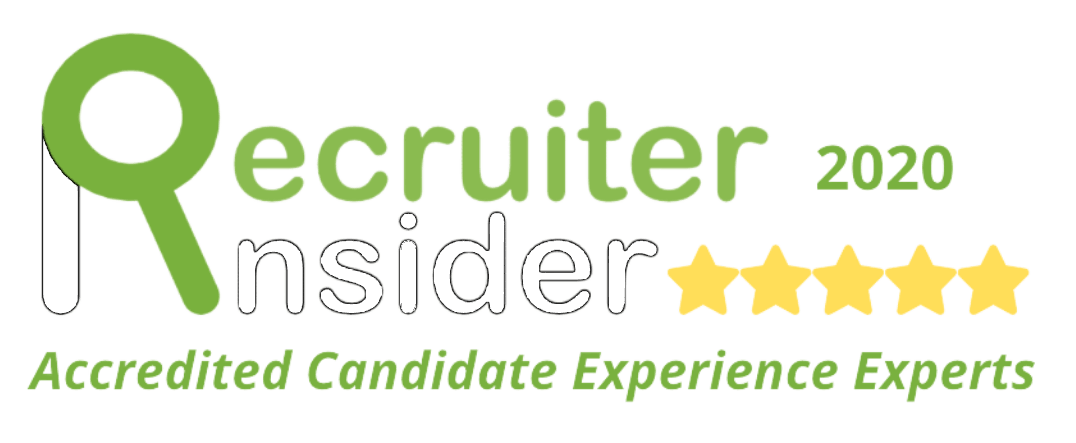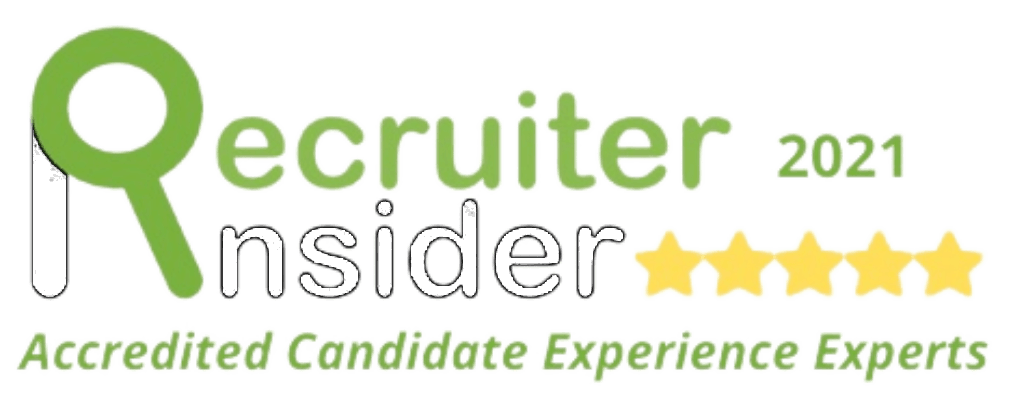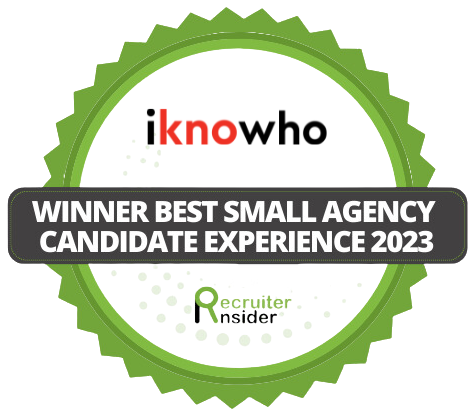Above the Line Below the Line. Where is the line anyway?
Landing your first agency role can happen so suddenly, day one you’re thrown in the deep end and by the time you come up for air and start looking for new opportunities you realise there are SO many different styles of agencies out there all describing themselves in slightly abstract, quirky ways, how do you determine who does what and what is right for you?
I meet with a lot of junior candidates who may have a few years’ agency experience and ready for a new role but find all the different agency buzz words out there very confusing and also slightly daunting, I thought I would write a little overview on different ways you can upskill and the most transferrable skills relevant to each discipline.
When approaching new opportunities firstly remember the quickest way to climb the ladder is by capitalising on what you already know then utilising that knowledge to secure a role within an environment that will allow you to upskill in areas you deem important and interesting. Here’s a quick overview of what means what. You will notice some crossovers in the below, perhaps you may identify where you could transition or a particular interesting channel? I have included a link to some of the specific agencies of each discipline that iknowho work with.
BTL – no it’s not a sandwich
You may have been working in experiential, promotional marketing, cross promotions & sponsorships, trade shows, print hand-outs, consumer promotions, gift with purchase, on pack promotions, in-store sampling, shopper marketing, retail activations, bespoke events and have touched on digital and social.
https://www.becausexm.com/work
Direct marketing – let’s get to the point:
You guys use data analysis to create communications direct to customers through a variety of channels including SMS, electronic direct mail (EDMs), customer loyalty marketing, targeted online adverts, digital and social (paid), direct mail (DM). You may also partner with an integrated agency to create: targeted TVC’s, targeted print as well as targeted outdoor advertising. It’s all about understanding your audience and using that data to identify your target audience and create tailored campaigns relevant to that market, it’s all measurable!
https://mercerbell.com.au/ourwork/
https://lavender.ad/Work.aspx#/all
Integrated – the jack of all trades:
Integrated agency people have worked on multichannel campaigns. This means you have touched on TV, Radio, Print, Digital, Online Content plus you understand what’s involved in BTL (see above) and direct marketing (also above) but typically an integrated agency will outsource these components so as to focus on the conceptualisation of the core message and how best to apply budget across channels.
https://mcsaatchi.com.au/work/
https://www.leoburnett.com.au/Sydney
Branding & Design – bring your thick rimmed glasses:
The core of a brand is identified across look and feel, and tone of voice. Then account service utilises top photographers, illustrators, copywriters, web developers to ensure the brand essence is consistent across all communications both on and offline. These agencies can be working on whole new brand concepts, brand refreshes and the content to support that brand persona.
http://www.sixblackpens.com/portfolio
Of course every agency is unique, however, through understanding the different sectors you can better determine where your channel strengths currently lie and the transferable skills between the disciples that will help you continue to build on your existing skills while still evolving as a marketer.
Remember the easiest way to succeed is to always follow your passions.










